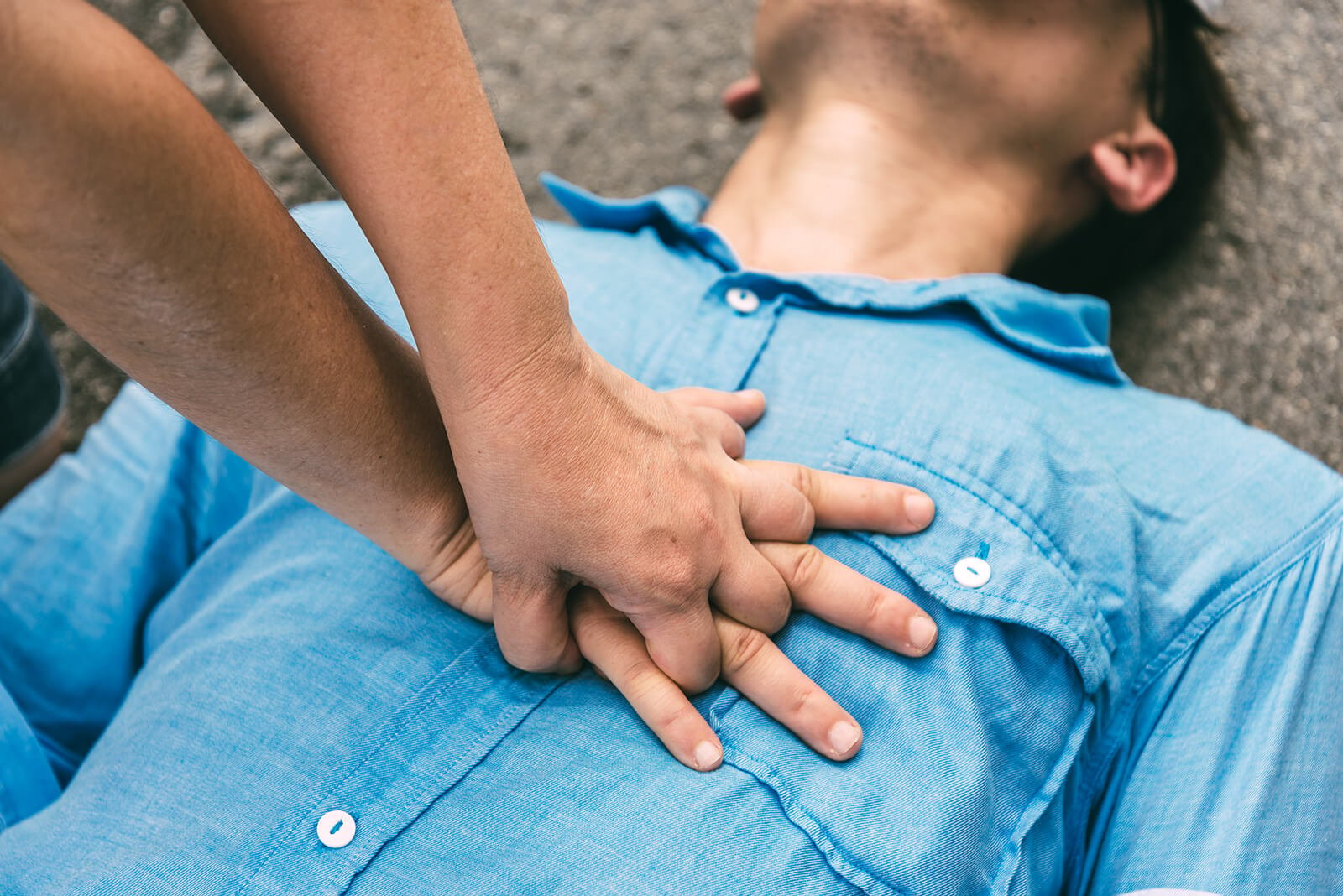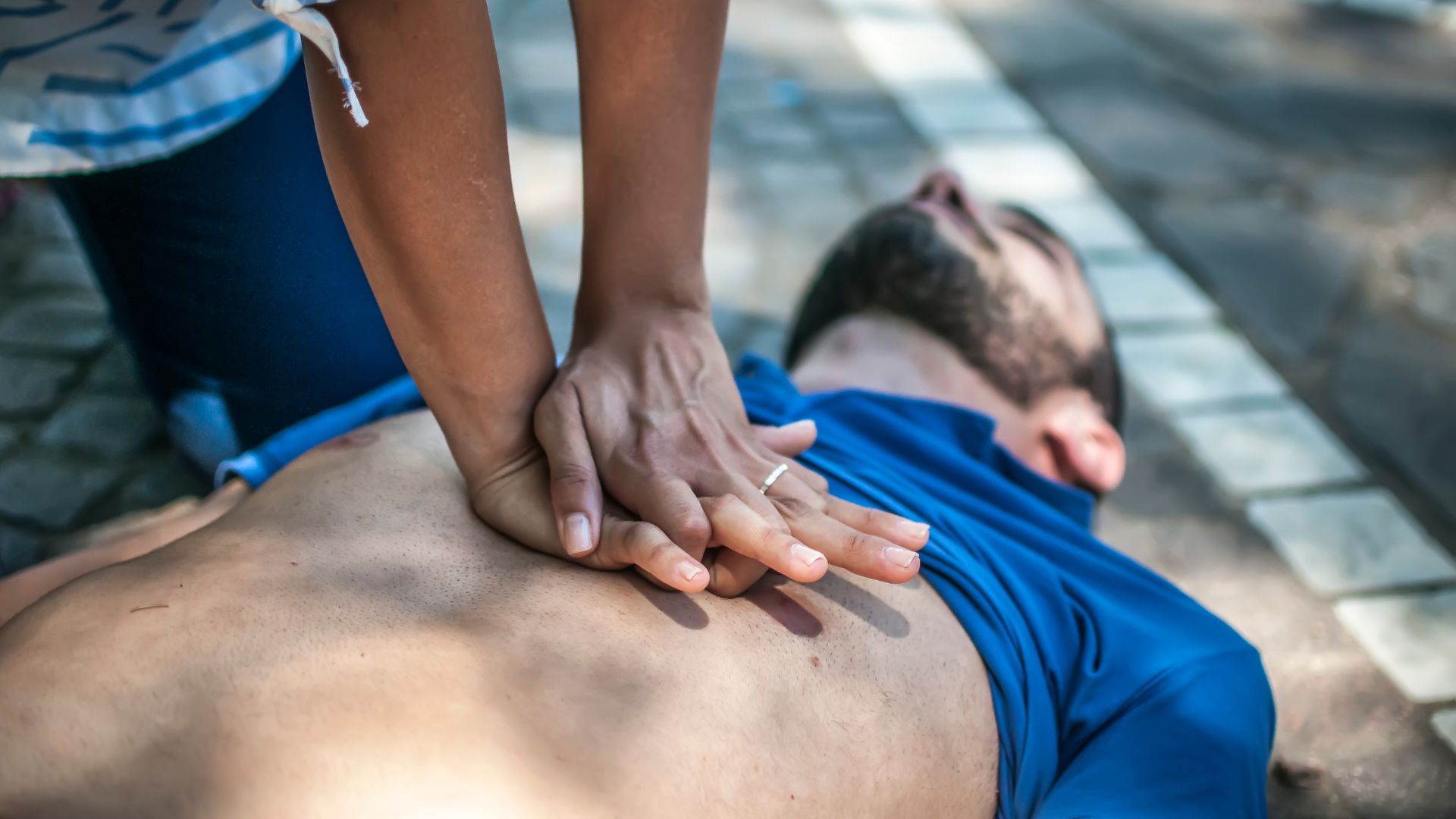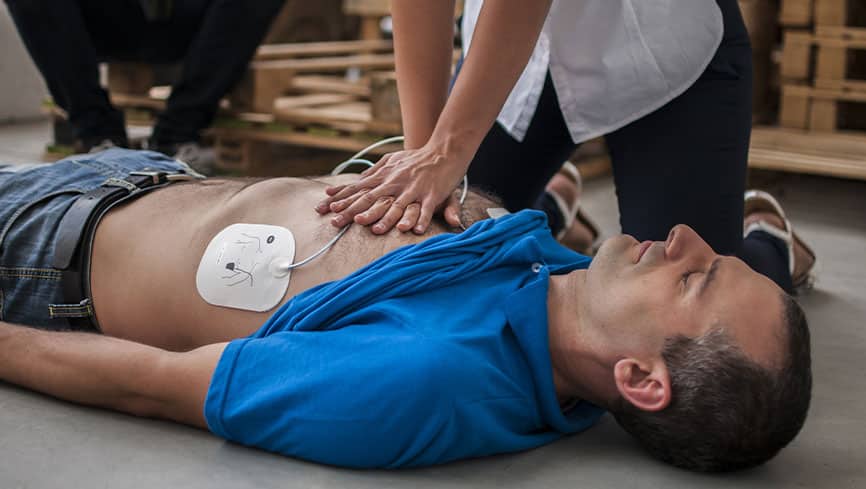In moments of crisis, every second counts. Imagine witnessing someone collapse without warning, their breath shallow or worse, absent altogether.
The instinct to help kicks in, but do you know what to do? Cardiopulmonary resuscitation, or CPR, is a vital lifesaving skill that can mean the difference between life and death. It’s not just about pumping on a chest or counting out breaths; it’s a rhythm of hope, urgency, and critical intervention that requires both knowledge and confidence.
In a world where emergencies can strike unexpectedly—during a family gathering, a sporting event, or even in the workplace—being equipped with the right skills and understanding can be a agame-changerr. This article will walk you through the essential steps of performing CPR, empowering you with the know-how to act decisively when it matters most.
Don’t wait until it’s too late—let’s dive into the lifesaving techniques that everyone should master.
Preparing to Perform CPR

Preparing to perform CPR requires a quick assessment of the situation, both for the safety of the responder and the victim. First and foremost, ensure that the environment is safe; be on the lookout for potential hazards like traffic or electrical wires.
With a deep breath to steady your nerves, check the victims responsiveness—tap their shoulder and shout, Are you okay? If there’s no response, its time to leap into action. Call for help or ask someone nearby to dial emergency services; seconds count.
As you gather your wits, place the heel of one hand on the center of the victim’s chest, interlock your fingers, and prepare for the rhythmic compressions that could very well save a life. Remember, every second wasted is a heartbeat lost, so summon your courage and focus on the task at hand.
Step-by-Step Guide to Performing CPR

Performing CPR can feel daunting, but breaking it down into manageable steps can empower you to act decisively in an emergency. First, ensure the scene is safe and assess the person for responsiveness; a gentle shake and a loud shout can do the trick.
If there’s no response, call for help—ideally, someone should dial emergency services while you initiate CPR. Next, check for breathing; if the person is not breathing or only gasping, begin with chest compressions.
Position your hands, one on top of the other, in the center of the chest, and push down hard and fast—aim for a rate of at least 100 to 120 compressions per minute. After 30 compressions, follow up with 2 rescue breaths, ensuring the airway is open by tilting the head back slightly.
Continue the cycle of compressions and breaths until help arrives or the person shows signs of life, like breathing normally. Each moment is crucial; your intervention could be the difference between life and death.
Using an AED (Automated External Defibrillator)

Using an AED (Automated External Defibrillator) can be a game-changer in a cardiac emergency, acting swiftly to restore a person’s heartbeat. Upon arrivalato the scene, the first step is to turn on the device, which will guide you through each step with clear audio and visual prompts.
Remove any clothing covering the chest, revealing the skin for electrode pad placement. The pads can seem intimidating at first, but they’re designed for simplicity—one goes below the right collarbone, while the other is placed on the side of the left ribcage.
Once in place, ensure no one is touching the victim as the AED has an automatic analysis feature that assesses the need for a shock. If a shock is advised, stand clear and push the button as instructed.
After administration, immediately return to CPR, as the rhythm of life must be maintained until professional help arrives. In those critical moments, knowledge and calmness can save a life, transforming despair into hope.
Conclusion
In conclusion, being equipped with the knowledge and skills to perform CPR can make a critical difference in emergency situations. Understanding the steps involved and remaining calm under pressure can save lives, whether youre helping a loved one or a stranger.
It’s essential to stay informed and consider taking a certified CPR course to refine your techniques and boost your confidence. Additionally, resources like First Aid Liverpool can offer valuable training and support in your community. Remember, every second counts when it comes to cardiac emergencies, so being prepared and ready to act can truly be lifesaving.
Dont wait for the unexpected to happen; take action now and ensure that you’re ready to make a difference when it matters most.
 Howl Movie
Howl Movie



